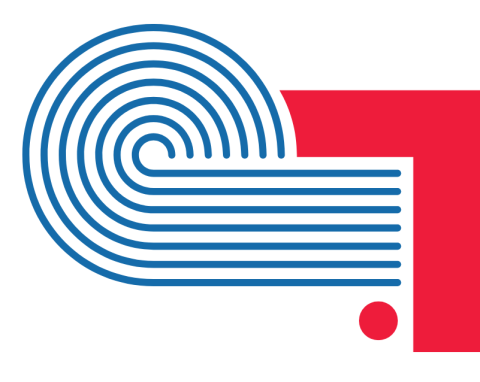Prompt engineering is the art and science of asking the right question to get the best output from an AI tool. It’s all about formulating clear, purposeful prompts that will give you responses that will transform the AI from a basic tool to a super-smart teaching assistant. A well-crafted prompt can drastically improve the quality and relevance of an AI tool's output.
Learning how to craft a good prompt is like any skill: it requires practice, flexibility, and iteration. The more you experiment with prompt engineering, the more you will understand how to get what you need from the AI tools. Until then, having a solid framework can be your secret weapon for crafting those perfectly tuned prompts.

How to Craft a Good AI Prompt
STEP 1: PROVIDE CONTEXT
Think of AI like a super smart but very literal student teacher on their first day. You need to be specific and provide lots of background information, because even if they have no idea what you’re asking, they will still respond. Confidently.
You can improve the likelihood of not losing your mind by giving AI context for your question. Who are you, and why do you need this information? Some examples:
- I’m a 10th grade English teacher starting a unit on Macbeth.
- I’m a 4th grade teacher trying to think of activities to support the following reading standards, attached below.
- I’m a middle school principal leading a professional development workshop on bullying.
- I’m the father of two twin boys whose birthday is coming up in January.
STEP 2: CLARIFY WHAT YOU WANT
Do you want AI to write a paragraph, summarize, or brainstorm? Use a verb to clarify what you want as you clearly define the task.
You can also specify the desired format, including a length or any program requirements. For example, you could ask AI to draft a lesson plan, an email to a parent, quiz questions, or a student handout, or provide feedback on something you’ve already created.
STEP 3: MAKE IT RELEVANT
One of the coolest parts of using AI is that it can provide the same information in different ways. By clarifying a voice or style, the content will be more relevant for your audience.
Try it out. Ask AI to provide its response using academic language, an engaging or conversational style, or in the form of a particular persona like a friendly principal. If you don’t understand a response, ask it to rephrase in clear, simple language or use a metaphor using your favorite hobby. (You can see how it might be helpful for student learning, too!)
STEP 4: OFFER EXAMPLES
Just like with student work, AI output drastically improves when you provide examples or models. Even offering one example can help AI determine what you need. For example:
I’m a high school principal and I need to draft a series of communications about our updated cell phone policy. These messages should be tailored for three different audiences: teachers, parents, and students. The tone should be firm but understanding, emphasizing both the rationale behind the policy and our commitment to student success. For instance, with parents the focus might be on fostering a partnership that helps us support learning, and with teachers about responding to issues of distraction and student behavior.

Prompt Engineering Tips
Effective AI prompts are all about clarity and context. Think of the AI tool as a super-smart but very literal student teacher on their first day of the semester. You need to be specific and provide plenty of background.
Remember, AI isn't a search engine. It responds best to natural language, so write in complete sentences and be more precise than you would with Google. It's also important to avoid negative commands ("Don't do X").
AI prompt engineering is all about iteration. Don't be afraid to:
- Experiment with different phrasings
- Refine your prompt based on the AI's response
- Ask for clarification
- Ask the AI for help with improving the prompt
- Ask the AI to slow down and think (yes, really!)

Avoid these common prompt engineering pitfalls:
- Vague or ambiguous instructions. Don't tell it to write a paragraph when you really want an email. Be crystal clear about exactly what you need.
- Overcomplicating prompts. Keep it simple and to the point.
- Technical jargon without explanation. Spell out all those acronyms that run your teaching life.
- Task overload. Asking AI to create a lesson plan and plan a field trip in one prompt is not going to work! One thing at a time, please.
Learn More
Ready to try prompt engineering? Great! Check out ideas in the Prompt Library for K-12 Educators or review questions to consider while developing AI School Policies. But the best way to learn is to simply try for yourself. Have a conversation! Play! Ask questions. See what you can learn and discover, and hopefully have some fun doing it.

